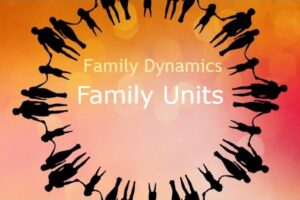Pedestal or Naga Singing Bowl is one of the 10 Types of Singing Bowls. Pedestal or Naga Singing Bowls, also known as Chalice Singing Bowls, is unique in the realm of traditional Tibetan singing bowls due to their distinct structure and design. These bowls are meticulously forged in two parts: the bowl itself and a circular metal band, or pedestal, upon which the bowl is securely and permanently mounted. This pedestal is essential as the bowl has a rounded bottom, which would not allow it to stand upright without this support. The integration of the pedestal not only adds to the aesthetic appeal of the bowl but also contributes to its stability and functionality during use.

The Naga Singing Bowls are relatively rare and shrouded in mystery, with little known about their exact origins and dates of production. Despite this, their unique features make them highly sought after by collectors and practitioners alike. Characteristically, Naga bowls are quite bulbous, with the midpoint having a larger circumference than the rim, giving them a distinct, almost chalice-like appearance. This shape is not only visually striking but also influences the acoustic qualities of the bowl, producing rich, resonant tones that are cherished in sound healing practices, meditation, and ceremonial uses.
The cultural significance and the craftsmanship involved in creating Naga Singing Bowls highlight the deep-rooted traditions and the artisanal skills passed down through generations. The rarity of these bowls adds to their mystique and allure, making them treasured items in the world of spiritual and musical instruments. Whether used in therapeutic settings or as part of personal meditative practices, Naga Singing Bowls offer a unique and profound auditory experience, embodying both the historical essence and the artistic beauty of Tibetan culture.



